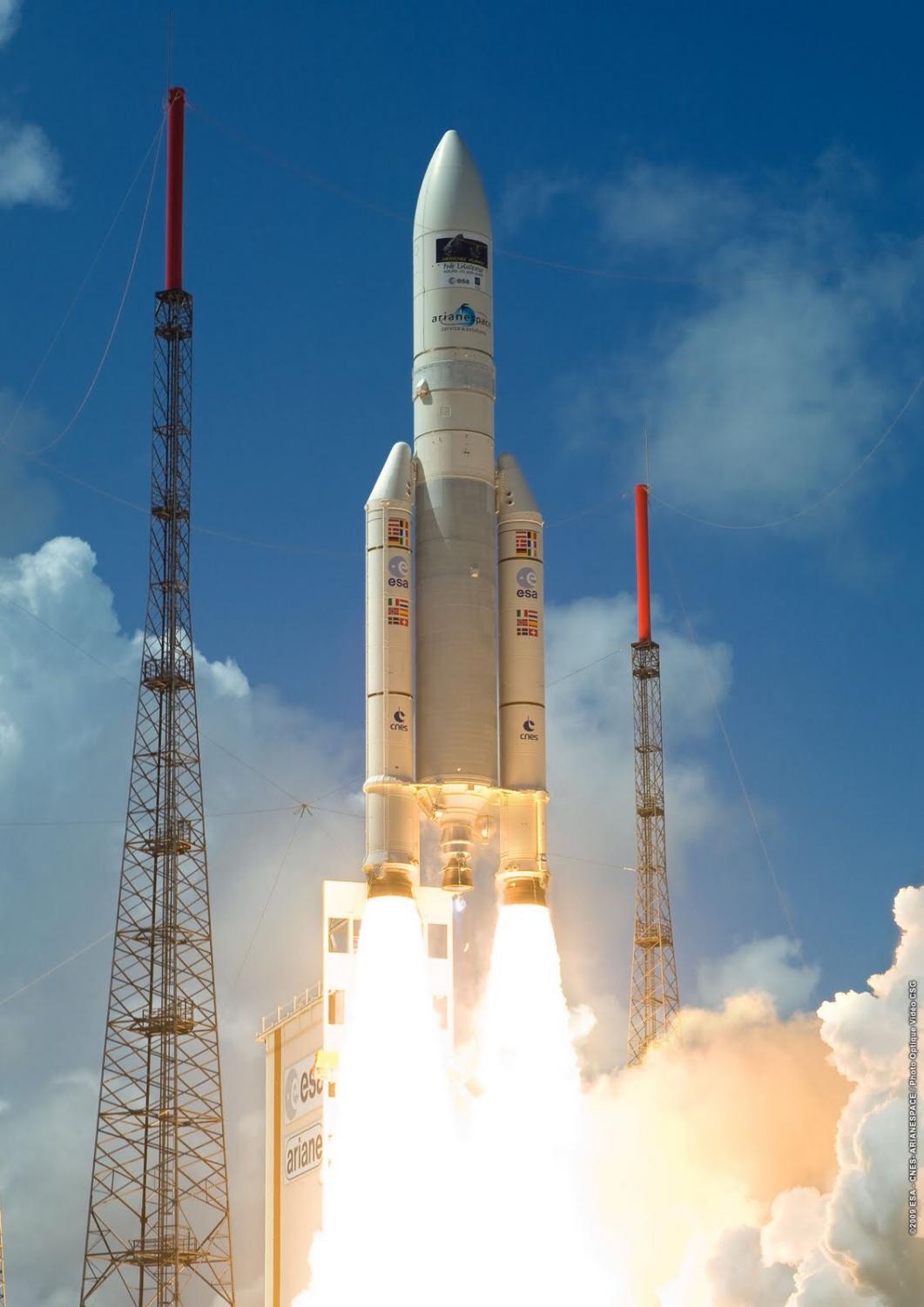Bepicolombo and the Mission to Mercury
November 27, 2018
On October 19, 2018, the Mercury Transfer Module (MTM) launched, carrying the European Space Agency’s (ESA) Mercury Planetary Orbiter (MPO) and the Japan Aerospace Exploration Agency’s (JAXA) Mercury Magnetospheric Orbiter (MMO). Together, these devices form the key aspects of Europe’s first mission to Mercury: Bepicolombo. The mission was named after Italian mathematician and engineer Giuseppe “Bepi” Colombo. Colombo is known for explaining the unusual traits of Mercury’s orbit, as well as suggesting utilizing planetary gravity assists to NASA for the Mariner-10 mission.
The Mystery of Mercury
Mercury travels around the sun faster than any other planet in a highly elliptical orbit, but the rotation of the planet itself is remarkably slow. A day on Mercury lasts roughly 59 Earth days. This means that the planet will rotate three times for every two orbits around the sun. In other words, there is one and one half of a rotations, or days, in a single year on Mercury, which is quite unusual for a planet. Moreover, Mercury is the least explored planet in the inner solar system. The Mariner-10, Messenger, and the Bepicolombo are the only missions to the seldom explored planet thus far in space exploration. All of these factors culminate into the high anticipation of the Bepicolombo mission.
 Goals of the Mission
Goals of the Mission
This mission will obtain new information about the composition and formation of Mercury. Understanding the makeup of Mercury will not only give astronomers a greater understanding of the planet, but of inner solar system planets as a whole, including Earth. Overall, the JAXA and the ESA hope to foster a better grasp of this strange planet.
Timeframe of the Mission
Traveling to Mercury takes quite a long time. Mercury is 48 million miles away from Earth, the distance of over 3000 round trips to China from New Jersey. With this in mind, it is no surprise that it will not be until 2025 when the spacecraft finally enters the orbit of Mercury. In 2020, the spacecraft will utilize the gravitational pull of Earth to propel itself further toward the inner solar system. Later in 2020, it will undergo two of these gravity assists from the pull of Venus. From then, the spacecraft will flyby Mercury every year until 2025 until it can finally enter the planet’s orbit.
Significance of the Bepicolombo Mission
The Bepicolombo mission is a major stepping stone toward the explanation of the inner solar system, and eventually, the outer solar system. Only two missions in the past have explored Mercury, leaving the planet quite a mystery to scientists. As we grow to better understand the planets in our solar system, we can understand our own planet even further – so that one day we can have a greater understanding of the universe that we live in.














































